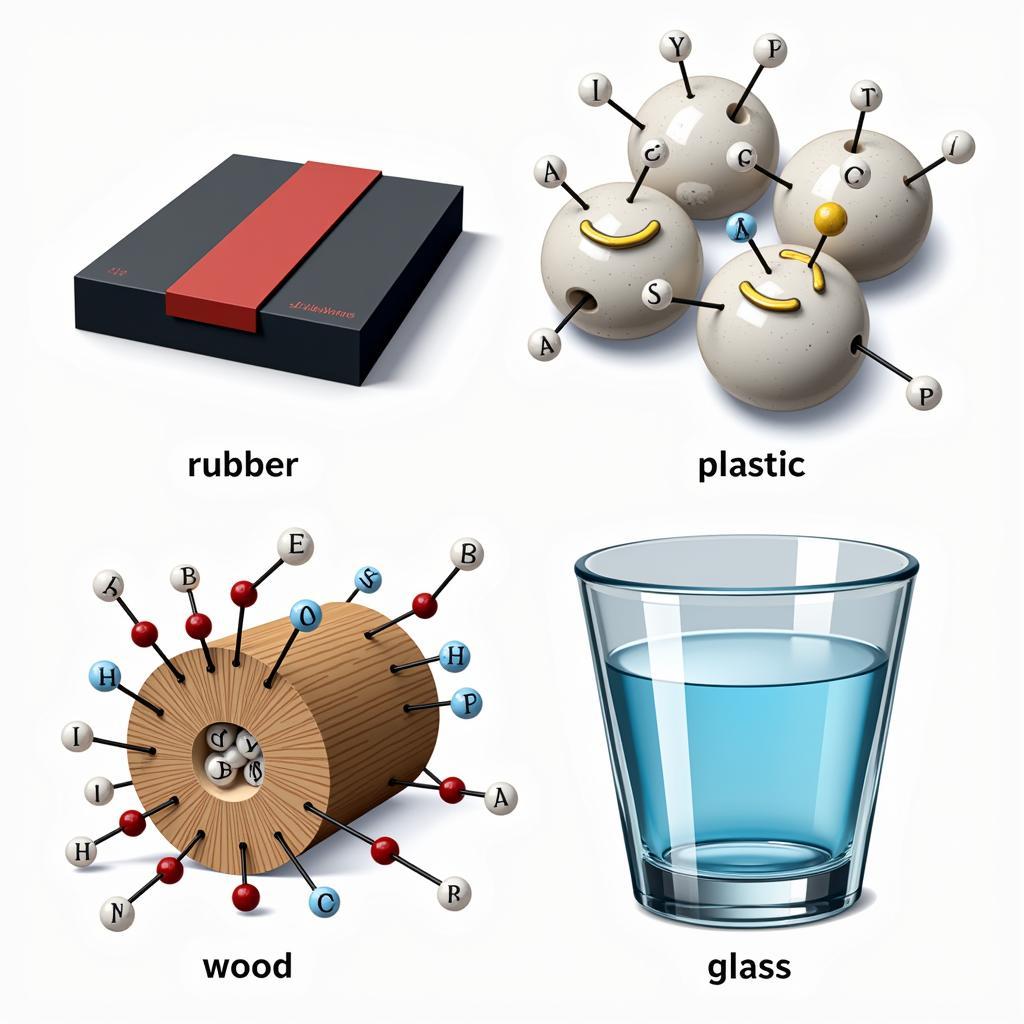A friendly learning environment is crucial for the success and well-being of students. It fosters a sense of belonging, encourages active participation, and promotes academic, social, and emotional growth. But what exactly does a friendly learning environment look like, and how can schools create one?
The Pillars of a Friendly Learning Environment
A friendly learning environment is built upon several key pillars:
1. Respect and Inclusivity: Every student feels valued, respected, and safe, regardless of their background, beliefs, or abilities. Diversity is celebrated, and differences are seen as strengths.
2. Open Communication: Students feel comfortable expressing their thoughts and ideas without fear of judgment. Teachers actively listen to their students, encourage dialogue, and create a space for open and honest communication.
3. Supportive Relationships: Strong relationships are fostered between teachers and students, as well as among peers. Teachers act as mentors and guides, providing support and encouragement both academically and emotionally.
4. Engaging and Relevant Curriculum: The curriculum is designed to be engaging, relevant, and meaningful to students’ lives. It incorporates diverse perspectives, real-world applications, and opportunities for hands-on learning.
Creating a Friendly Learning Environment: Actions Speak Louder Than Words
Building a truly friendly learning environment requires more than just good intentions; it demands consistent effort and action. Here are some practical steps schools can take:
- Establish Clear Expectations: Set clear expectations for behavior and academic integrity. This provides students with a framework for understanding what is expected of them and creates a sense of order and consistency.
- Promote Collaboration over Competition: Encourage students to work together and support each other’s learning. This fosters a sense of community and reduces unhealthy competition.
- Celebrate Achievements: Recognize and celebrate student achievements, both big and small. This boosts morale and motivates students to strive for their best.
- Provide Opportunities for Student Voice: Give students a voice in their education by involving them in decision-making processes, seeking their feedback, and creating opportunities for them to share their ideas.
The Benefits of a Friendly Learning Environment
The benefits of a friendly learning environment extend far beyond the classroom:
- Improved Academic Performance: Students who feel safe, supported, and engaged are more likely to succeed academically. They are more motivated to learn, participate actively in class, and seek help when needed.
- Enhanced Social and Emotional Skills: A friendly learning environment provides opportunities for students to develop essential social and emotional skills, such as empathy, communication, collaboration, and conflict resolution.
- Increased Self-Esteem and Confidence: When students feel valued and respected, their self-esteem and confidence flourish. They are more likely to take risks, embrace challenges, and believe in their ability to succeed.
Conclusion
A friendly learning environment is not just a luxury; it is a necessity. It is the foundation upon which students can thrive academically, socially, and emotionally. By fostering respect, communication, support, and engagement, schools can create a learning environment where every student feels valued, challenged, and inspired to reach their full potential.
For any inquiries or assistance, please contact us at Phone Number: 02223831609, Email: [email protected] Or visit our address: Đ. Nguyễn Văn Cừ, Trang Hạ, Từ Sơn, Bắc Ninh, Việt Nam. Our customer support team is available 24/7.





